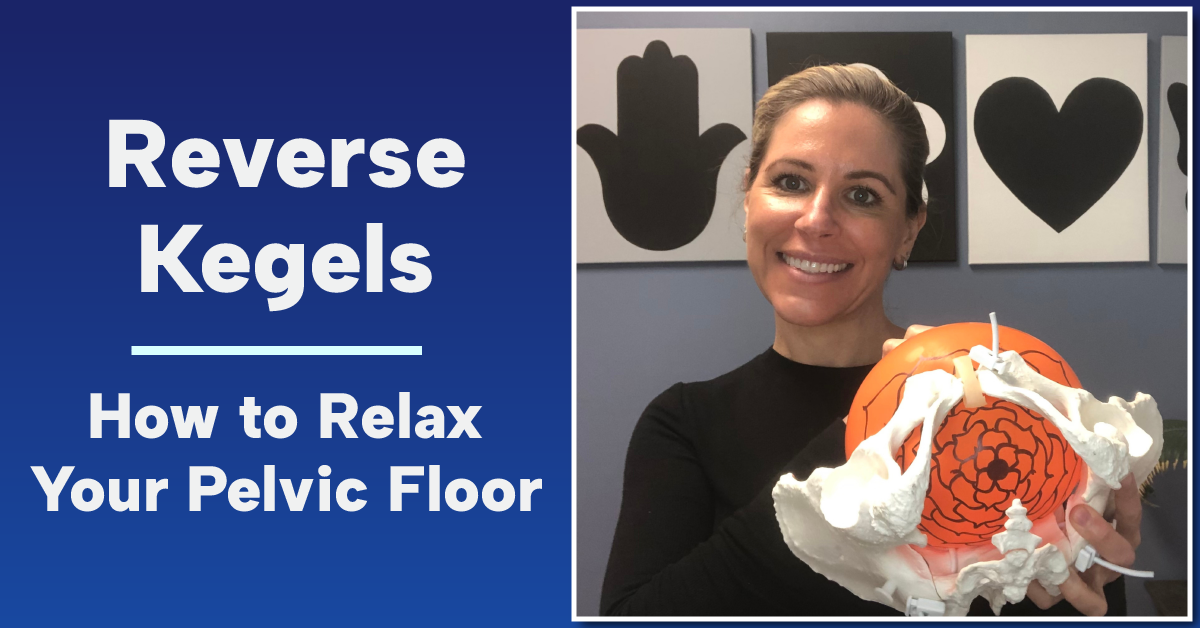The purpose of Reverse Kegels is to relax, lengthen, and let go of pelvic floor muscles
Pelvic floor muscle strengthening exercises are most commonly referred to as Kegels. The purpose of “Regular” Kegel exercises is to strengthen pelvic floor muscles that are weak. This would likely help people who have weak pelvic floor muscles, pelvic organ prolapse, urinary incontinence, fecal incontinence and/or the inability to hold back gas.
Using visual imagery can be very helpful when performing a reverse kegel.
It can be challenging to connect with a group of muscles we can’t see from the outside of the body. However, If our brain has a picture or a feeling to connect with it can help to perform the correct movement more easily and more effectively. For example, Imagine the feeling you have as you are releasing a bowel movement or starting the flow of urine. This is the feeling of the pelvic floor relaxing and “letting go.”





